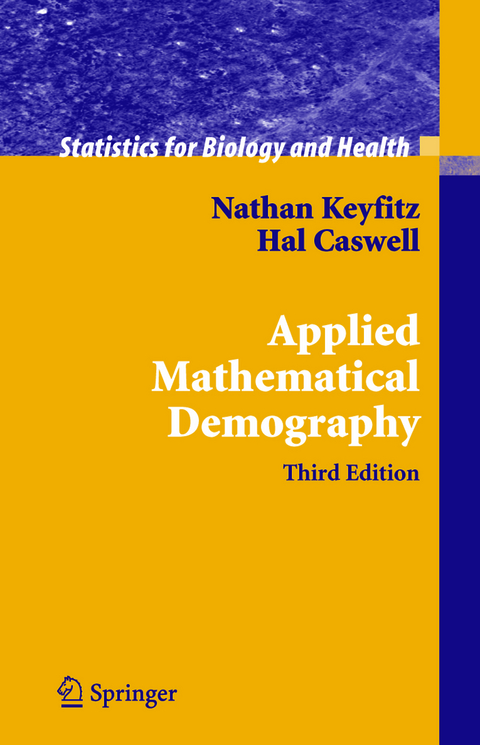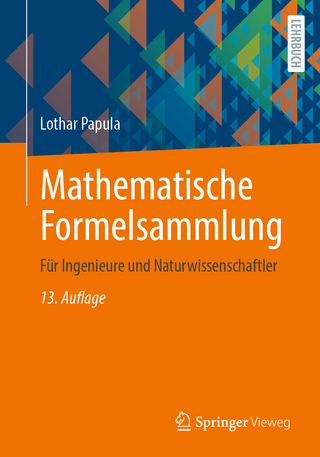
Applied Mathematical Demography
Springer-Verlag New York Inc.
978-1-4419-1977-9 (ISBN)
1997, Carey 2003, Wachter and Bulatao 2003, Carey and Tuljapurkar 2003).
Introduction: Population Without Age.- The Life Table.- The Matrix Model Framework.- Mortality Comparisons; The Male-Female Ratio.- Fixed Regime of Mortality and Fertility: The Uses of Stable Theory.- Birth and Population Increase from the Life Table.- Birth and Population Increase from Matrix Population Models.- Reproductive Value from the Life Table.- Reproductive Value from Matrix Models.- Understanding Population Characteristics.- Markov Chains for Individual Life Histories.- Projection and Forecasting.- Perturbation Analysis of Matrix Models.- Some Types of Instability.- The Demographic Theory of Kinship.- Microdemography.- The Multi-State Model.- Family Demography.- Heterogeneity and Selection in Population Analysis.- Epilogue: How Do We Know the Facts of Demography?.
| Erscheint lt. Verlag | 25.11.2010 |
|---|---|
| Reihe/Serie | Statistics for Biology and Health |
| Zusatzinfo | 74 Illustrations, black and white; XXVI, 558 p. 74 illus. |
| Verlagsort | New York, NY |
| Sprache | englisch |
| Maße | 155 x 235 mm |
| Themenwelt | Mathematik / Informatik ► Mathematik ► Angewandte Mathematik |
| Mathematik / Informatik ► Mathematik ► Wahrscheinlichkeit / Kombinatorik | |
| Naturwissenschaften ► Biologie ► Botanik | |
| Naturwissenschaften ► Biologie ► Ökologie / Naturschutz | |
| Naturwissenschaften ► Biologie ► Zoologie | |
| Sozialwissenschaften ► Soziologie ► Empirische Sozialforschung | |
| Sozialwissenschaften ► Soziologie ► Spezielle Soziologien | |
| Technik ► Umwelttechnik / Biotechnologie | |
| ISBN-10 | 1-4419-1977-5 / 1441919775 |
| ISBN-13 | 978-1-4419-1977-9 / 9781441919779 |
| Zustand | Neuware |
| Informationen gemäß Produktsicherheitsverordnung (GPSR) | |
| Haben Sie eine Frage zum Produkt? |
aus dem Bereich


